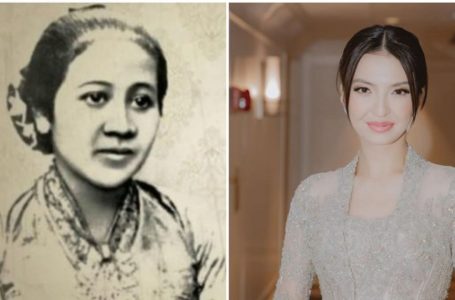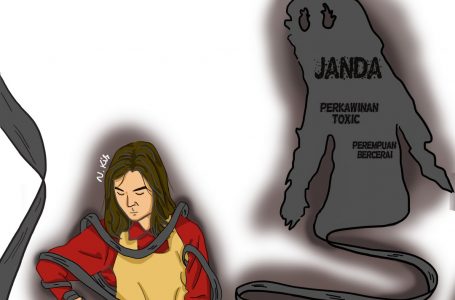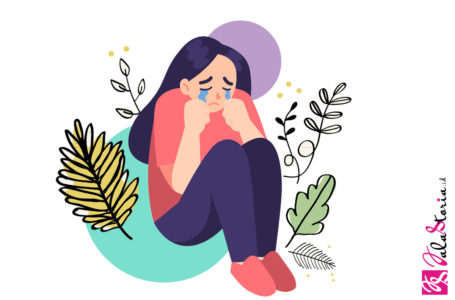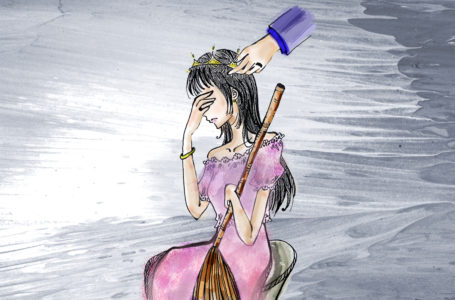Our Journalism is Open Civic Advocacy Journalism

This piece of writing was initially intended to a correspondence need between the editor in chief and the founder as well as advisory board. But the importance of the substantial information within drove me to publicly post it for the readers’ interests.
The aim is nothing but to accentuate the base identity of jalastoria as an alternative online publication media on women’s and children’s issues. The identity that actually goes dynamically depending on the problem context faced.
Initial Motive
When the phrase jalastoria came up for the first time and was adopted as a website name, my mind wandered finding out on what was it going to be and look like?
I did put a concept of catching up stories from readers for the content of the web, but what makes this web different from others? Will it be useful for readers?
Again, I did limited the coverage topic by simply encompassing women’s and children’s issues, but similar questions kept circling in my mind: what makes it distinct and will it be helpful for readers?
Thankfully, a small talks with the founder, Ibu Ninik Rahayu, altered my confusions into a certain concept. A concept that, might, would make jalastoria be typical and beneficial for readers.
Advocating Women’s and Children’s Interests
Amid various parties’ hard endeavours on promoting the elimination of women’s and children’s sexual violence, a certain publication media should stand up and support them.
That’s why, then, jalastoria arises. This web would intentionally and transparently advocate women’s and children’s interests without any manipulative and fake manners.
As a consequence, jalastoria would be close to the so-called bias and failures of objectivity. With this accusation, jalastoria stays holding the preferential stance as long as the products created are not slander and lies.
By this stance, jalastoria adheres to an advocacy journalism.
Indeed, it is not a brand-new term in the media industry. Many journalistic practices have employed advocacy journalism tenets for its products.
But most of them do not thoroughly claim themselves practicing advocacy journalism. They are practicing it in some journalistic products. While jalastoria wholly claims itself adhering to advocacy journalism.
In the relation to its readers, jalastoria takes a stance to actively engage them into the promotion of women’s and children’s interests.
The urgency of this engagement is because jalastoria rejects the notion of placing readers as spectators in the social changes processes. They should be the actors or participants in an attempt to create better informed readers.
By this standpoint, jalastoria follows the rules of civic journalism.
This term is wider than citizen journalism. Civic journalism is not solely executing user-generated content but also performing user-generated management.
We believe that journalism has a responsibility to public life – a responsibility that goes beyond just telling the news or unloading abundance of facts. Journalism should affect the way public life goes by inviting as many as public members to involve.
Open Journalism
And as a consequence, jalastoria should be an open journalism. This “open” is not only limited in involving readers in sharing information, stories, research and expertise to create a network of information, but also in other journalistic processes.
Certain readers would be involved in managing the journalistic work of jalastoria. As long as they have similar ideals in promoting women’s and children’s issues, they are worth to organise jalastoria.
The goal of involving readers or certain public members in managing jalastoria is to engage them in the social changes processes that are now taking place.
This firm stance brings the aftermath that jalastoria is not a part of mainstream media, instead an alternative media.
Bridging Victims to The Alternative Solutions
Jalastoria is, next, prepared to be a bridging medium connecting victims-of-violence’s pain, experts’ alternative way out, and readers’ attention on women’s and children’s issues.
By that, victims-of-violence sharing their stories of pain are able to get healing or, at least, relief for the sufferings felt from the experts’ alternative solution or other readers’ input.
Jalastoria is also set up as a centre of various discourses on women’s and children’s issues. Therefore, we need the editorial principles — though it is an alternative media — that mainstream media have been running their noble tenets in producing the contents.
As Sue Careless, a Canadian journalist, proposed the advocacy journalism standards, jalastoria products must be:
acknowledging the perspective up front;
truthful, accurate, and credible, not spreading propaganda, not taking quotes or facts out of context, not fabricating or falsifying;
fair and thorough even to the opponents;
exploring arguments that challenge our perspectives and asking critical questions of people who agree with us;
avoiding slogans, ranting, and polemics, instead, articulating complex issues clearly and carefully
And, yes, with all these, jalastoria’s journalism is an open civic advocacy journalism.
Asep Wijaya
Chief Editor jalastoria.id
sumber gambar: wpmu.mah.se






















